Tag Archive: values
October 2, 2017
“We cannot live for ourselves alone. Our lives are connected by a thousand invisible threads, and along those sympathetic fibers, our actions run as causes and return to us as results.”
– Herman Melville
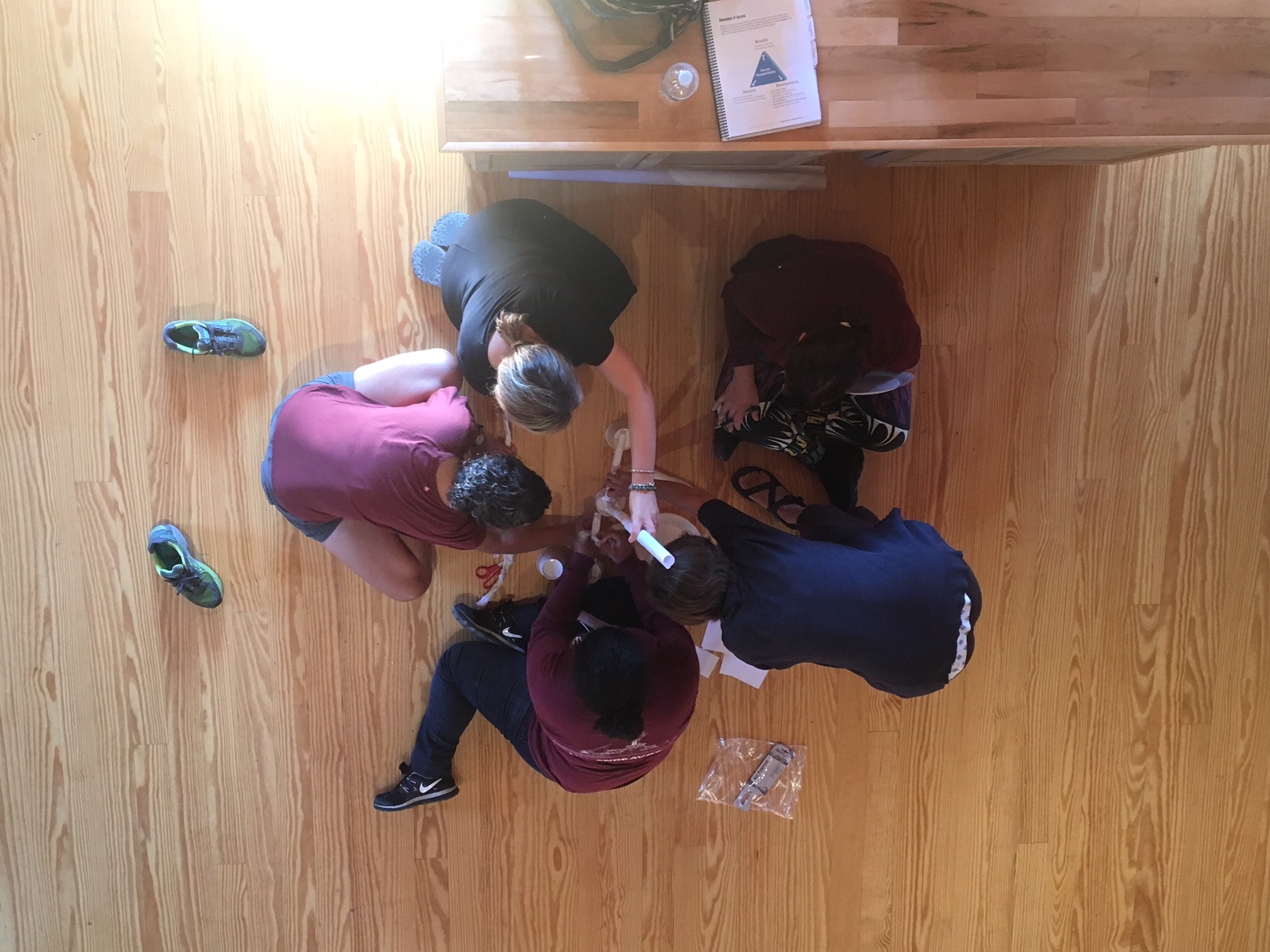
2017-2018 NLI cohort members engage in a team building exercise focused on the dimensions of collaborative success.
Last week I worked with the Backbone Team of Food Solutions New England to launch the second cohort of the Network Leadership Institute (NLI) at Ohana Camp in Fairlee, Vermont. This initiative has grown out of FSNE’s commitment to cultivating both thought leadership and network leadership “to support the emergence and viability of a New England food system that is a driver of healthy food for all, racial equity, sustainable farming and fishing, and thriving communities.” Another impetus for the NLI was a year spent doing system mapping and analysis that revealed four leverage areas for advancing a just, sustainable and democratically-owned and operated regional food system, including cultivating and connecting leadership (see image below). Read More
August 8, 2017
I am saddened to learn that Mila Baker passed away recently. While I did not know her personally, she was a mentor from a distance. A few years ago, I read her book about peer-to-peer leadership and found it both enlightening and validating as I continued my journey to uncover more about the promise of seeing and doing in networked ways.

Mila N. Baker
Mila Baker was a writer, teacher, philanthropist, cross-sector leader and artist. At the time of her passing, she served on the Board of Directors for the Berrett-Koehler Foundation, was a member of the adjunct faculty at Columbia University Teachers College, as well as a Principal Research Investigator at the Institute for Collaborative Workplaces, and Visiting Professor at Kuwait University. The following is a post I wrote after reading her book published in 2014.
I just finished reading Mila Baker’s Peer-to-Peer Leadership: Why the Network is the Leader, which adds to the growing case for more widespread network thinking, foregrounding of human relationships, and shifting traditional conceptions (and myths) of leadership in business and beyond. Baker’s book echoes the spirits of Margaret Wheatley, Clay Shirky, Carol Sanford, Nilofer Merchant, Kevin Kelly, and Harold Jarche, and I appreciate how she couches her writing in the evolving leadership and organizational development literature and thinking.
Read More
March 10, 2017
“We never know how our small activities will affect others through the invisible fabric of our connectedness. In this exquisitely connected world, it’s never a question of ‘critical mass.’ It’s always about critical connections.”
Grace Lee Boggs
The past twelve months I had the pleasure of working with a team from Food Solutions New England to design and facilitate its first Network Leadership Institute. This initiative grew out of FSNE’s ongoing commitment to cultivating thought leadership and network leadership “to support the emergence and viability of a New England food system that is a driver of healthy food for all, racial equity, sustainable farming and fishing, and thriving communities.” Another impetus for the Institute was a year spent doing system mapping and analysis that revealed four leverage areas for advancing a just, sustainable and democratically-owned and operated regional food system, including cultivating and connecting leadership. Read More
September 13, 2016
Think like a network, act like a node.
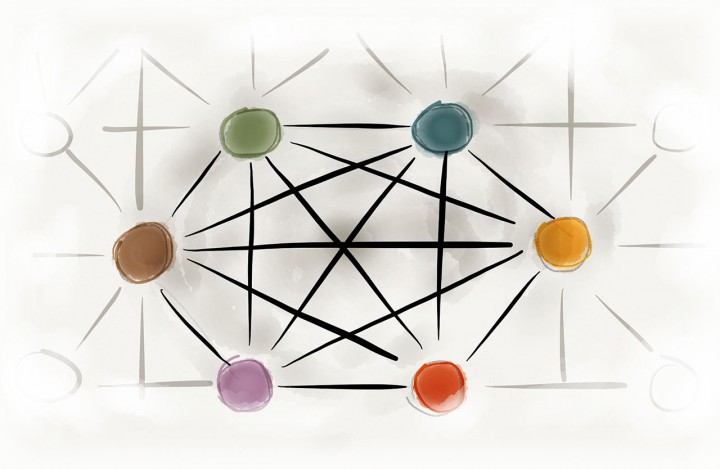 At IISC, we continue to emphasize that networks, not organizations, are the unit of social change. Part of the reason for this is that networks at their best are able to leverage what are known as “network effects.” These effects, as described by Madeleine Taylor and Peter Plastrik, include the following:
At IISC, we continue to emphasize that networks, not organizations, are the unit of social change. Part of the reason for this is that networks at their best are able to leverage what are known as “network effects.” These effects, as described by Madeleine Taylor and Peter Plastrik, include the following:
Rapid Growth and Diffusion
Through its myriad nodes and links, as well as the ongoing addition of participants and new pathways, a dense and intricate network can expand quickly and broadly. This can be critical for spreading information and other resources and mobilizing actors in ways that organizations simply cannot achieve.
Read More
August 1, 2016

I recently re-read portions of Limits to Growth: The 30 Year Update by Donella Meadows, Jorgen Randers and Dennis Meadows. This second update to the original 1972 report from the Club of Rome affirms that current business-as-usual resource usage globally has our socioeconomic systems headed toward collapse shortly after the year 2050. The update reiterates the necessity of taking the impending crisis seriously and mobilizing quickly to adopt strategies such as:
While all of this serves as a strong wake-up (or stay awake) call, what most caught my attention was the concluding chapter, where the authors move from discussion of the technical fixes required to get us on the right track to a serious appeal to more adaptive approaches. Read More
December 22, 2015
“As long as it remains invisible, it is guaranteed to remain insoluble.”
Margaret Heffernan, from Willful Blindness

Photo by Marie Aschehoug-Clauteaux
The following is a slighted edited re-post of a piece that appeared at this time last year on our site . . .
As I look back on this past year through the lens of the work we have done at IISC supporting networks and movements for social change, one of the most significant themes from my perspective is the value and importance of “making the invisible visible.” Over the past twelve months, we’ve facilitated many reflection sessions with diverse groups to gauge the development and impact they observe from our work together. I tend to ask people how they see change happening at different levels: self, group, larger systems (organization, neighborhood, community, state, region, etc.). I also like to ask them to reflect via the use of stories to capture and convey significant development.
What has surfaced from this sharing is that even though some of the big goals around equity and sustainability are still ahead of us, there has been movement and part of this development comes down to seeing and being able to work with what had previously been unseen. While the methods for getting to this recognition have varied – from system mapping and analysis to network mapping to structural and power analysis to learning journeys to dialogue and tackling difficult conversations – by creating space to see, share and explore, there has been significant deepening of relationships (to self, other, the work), understanding and commitment.
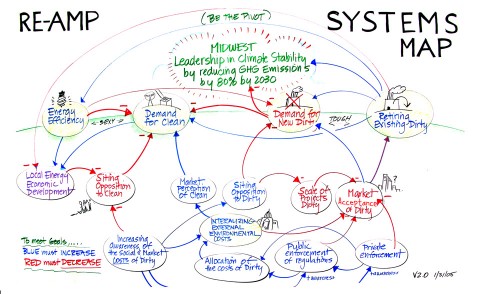
So what is being made visible? Read More
December 22, 2014
“As long as it remains invisible, it is guaranteed to remain insoluble.”
Margaret Heffernan, from Willful Blindness

Photo by Marie Aschehoug-Clauteaux
As I look back on 2014 through the lens of the work we have done at IISC supporting networks and movements for social justice and system change, one of the most significant themes that I’ve distilled is the value of “making the invisible visible.” This month I’ve facilitated a number of reflection sessions with diverse groups to gauge the development and impact they have felt and observed from our work over the course of the year. I tend to ask people how they see change happening at different levels: self, group, larger systems (organization, neighborhood, community, state, region, etc.). I also like to ask them to reflect via the use of stories, which I find often help to capture and convey developmental processes.
What has come from this sharing is that even though some of the big goals around equity and sustainability remain elusive, there has been movement and a significant part of this development comes down to seeing what had previously been unseen. While the methods for getting to this recognition have varied – from system mapping and analysis to network mapping to structural and power analysis to learning journeys to dialogue and tackling difficult conversations – by creating ample space to see, share and suppose, there has been significant deepening of relationships (to self, other, the work), change processes, and potential impact.
So what is being made visible? Read More
December 18, 2014
“The way of the Essentialist means living by design, not by default.”
– Greg McKeown

I’m currently reading Greg McKeown’s book Essentialism: The Disciplined Pursuit of Less, which I’ll admit I had been tempted to look at earlier in the year and then decided not to for a couple of reasons. First of all, to me the sub-title smacked of a certain level of privilege, given that there are so many people who need more not less – more resources in the face of poverty, more fundamental regard for their humanity and rights in the face of injustice. In addition and seemingly validating of my initial wariness, the book’s opening stories focus on Silicon Valley executives and other corporate players. And yet at the same time I was pulled in by this notion of “essentialism,” embodied in one of the opening quotes attributed to writer, linguist and inventor Lin Yutang:
The wisdom of life consists in the elimination of non-essentials.
Read More
October 22, 2014
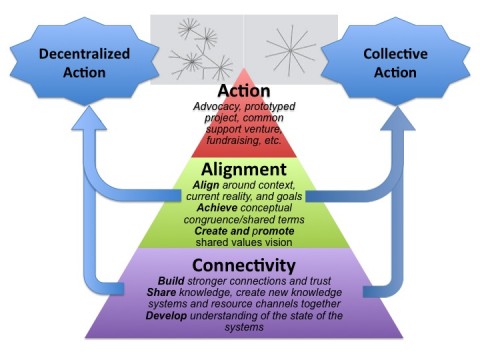 The above graphic is something that I recently created, borrowing heavily from the good work of Peter Plastrik and Madeleine Taylor, to help convey what is meant by engaging in “network strategy.” One of the challenges we’ve encountered in working with different networks is helping people to understand the difference between strategy development and network development. I try to meet this challenge, in part, by showing how they are not so different, or at least, that they are intimately connected. The diagram is also designed to help people get beyond some of the either/or thinking that we encounter. For example, it’s not that we have to choose between decentralized self-organized action and more formally coordinated collective action. It can be both!
The above graphic is something that I recently created, borrowing heavily from the good work of Peter Plastrik and Madeleine Taylor, to help convey what is meant by engaging in “network strategy.” One of the challenges we’ve encountered in working with different networks is helping people to understand the difference between strategy development and network development. I try to meet this challenge, in part, by showing how they are not so different, or at least, that they are intimately connected. The diagram is also designed to help people get beyond some of the either/or thinking that we encounter. For example, it’s not that we have to choose between decentralized self-organized action and more formally coordinated collective action. It can be both!
So here’s what the graphic is meant to convey. First of all, network strategy is grounded at a fundamental level in creating (strategic) connectivity, by building linkages and trust between key stakeholders and perhaps unusual bedfellows. This can be done by convening people; sharing stories, data and other forms of information; co-creating knowledge; learning together, etc. Part of the value of this connectivity is that it can lead to orthogonal thinking and bolster individual network participants’ efforts in the shared domain where the network is focused. What also may ensue is self-organized action between those who are meeting one another for the first time or getting to know one another better (see the arrow to the left side of the triangle). This is all well and good and is something that networks should try to track. Read More
March 19, 2014

A few different experiences last week reinforced my conviction that storytelling can constitute significant “action” and advancement, including work done in networks for (and as) change. The first was during a session that I co-delivered on behalf of IISC with the Graustein Memorial Fund and The Color of Words, about our work with an early childhood system change effort in Connecticut called Right From the Start. During the conference session we emphasized that one of the biggest leverage points for system change is at the level of narrative and belief systems.
Surfacing the dominant implicit and explicit stories about what is and should be, analyzing the degree to which they align with our values and intentions, and countering/reframing them if and as necessary has been part of the work of Right From the Start (RFTS). Read More
March 5, 2014

I just finished reading Mila Baker’s Peer-to-Peer Leadership: Why the Network is the Leader, which adds to the growing case for more widespread network thinking, foregrounding of human relationships, and shifting traditional conceptions (and myths) of leadership in business and beyond. Much of what Baker writes about has been expressed in the writings of others, including Clay Shirky, Carol Sanford, Nilofer Merchant, Kevin Kelly, and Harold Jarche, and I appreciate how she couches much of her writing in the evolving leadership and organizational development literature and thinking. Read More
January 15, 2014

|Photo by Christian|www.flickr.com/photos/91048408@N00/322951661/lightbox/?q=vision|
For the past year, Carole Martin and I have been co-facilitating a “network leadership program” supported by the Neil and Louise Tillotson Fund called the Community Practitioners Network (CPN). The overall goal of CPN is to further develop a group of proven and promising leaders as individuals, as a cohort, and as “critical yeast and connectors” (my language, not the Fund’s) in support of community and economic development in a region that encompasses northern New Hampshire, northeastern Vermont, northwestern Maine, and southern Quebec. Throughout, we have been actively exploring a variety of leadership and network development practices for growing personal and interpersonal awareness, connectivity, alignment, resolve, resilience, and skillfulness.
In our most recent session, a two-day retreat in Pittsburg, NH, we engaged in discussion about and embodied practice of “vision.” Over the course of the two days, a robust conversation evolved about what makes vision powerful (in light of many uninspiring experiences) and its relevance in a networked world, in combination and contrasted with values. Read More

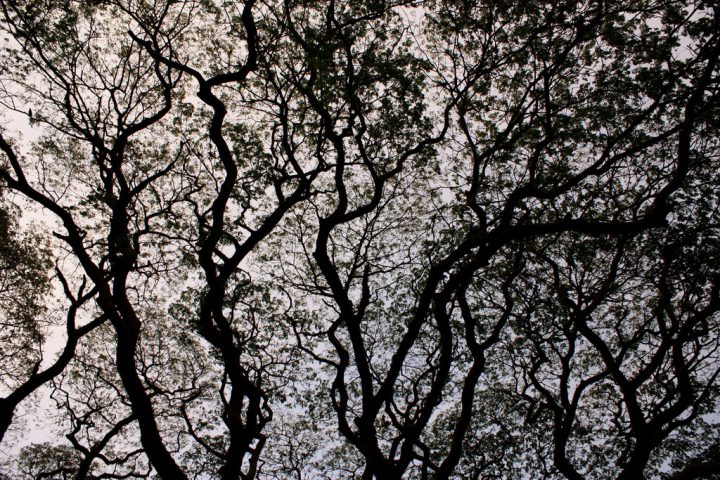


 At IISC, we continue to emphasize that
At IISC, we continue to emphasize that 




 The above graphic is something that I recently created, borrowing heavily from the good work of
The above graphic is something that I recently created, borrowing heavily from the good work of 

